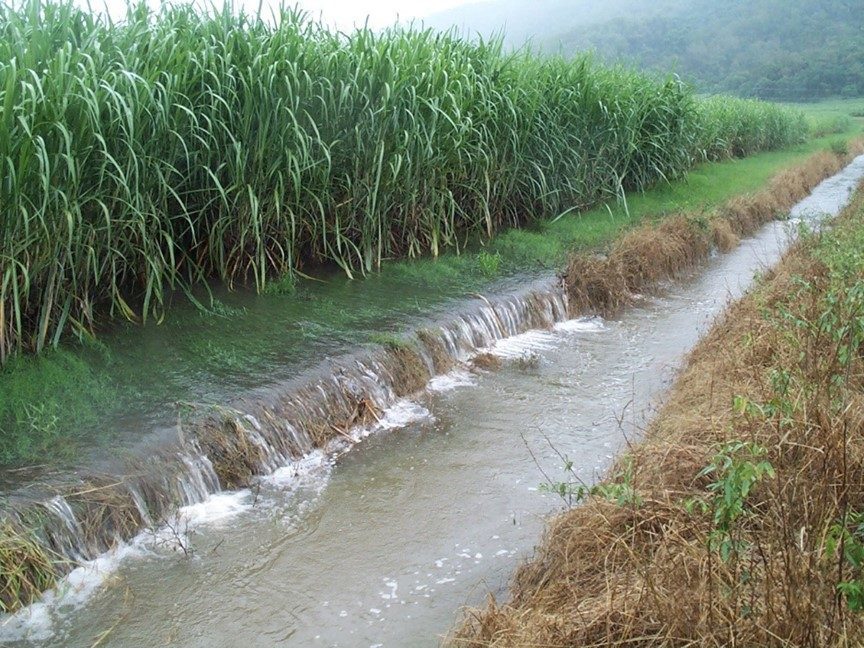
Overview
Eutrophication is an overabundance of nutrients in a body of water. This over-fertilization can ultimately lead to an oxygen depleted or otherwise toxic environment. In general, the limiting nutrient for algal plankton and blue-green algae is either phosphorus or nitrogen, depending on their environment. The sudden introduction of nutrient rich compounds causes algae populations to swell to a size that cannot be maintained, leading to mass death and decomposition, a process that consumes the oxygen dissolved in the water. In oxygen-depleted water, populations of anaerobic bacteria increase dramatically. These bacteria release toxic byproducts such as ammonia and hydrogen sulfide as they continue to decompose the biomass. In tandem, oxygen depletion and toxic compounds can create “dead zones” where animal and plant species perish. Other effects of these algal blooms include blocking sunlight from reaching deeper water, and selection for a different profile of phytoplankton, which disrupts the food chain, destabilizes endemic species, and reduces biodiversity.
Agricultural Eutrophication Potential
Agricultural runoff is the largest source of phosphate and other eutrophying emissions, followed by industry and municipal sewage discharge. The source of these emissions are soluble fertilizers and regular soil disturbances that make them more easily swept away in rain or snow. A wide variety of compounds have a eutrophying effect, whether they are phosphate or nitrogen containing themselves or have a high oxygen demand that triggers compounds like iron phosphate to be reduced and release phosphate. It is the net effect of nutrient availability that is quantified. Eutrophication potential is commonly expressed in terms of kilograms of phosphate equivalents (kg PO4,3- eq) when dealing with freshwater, although kilograms of nitrogen equivalents (kg N eq) are often used to quantify marine eutrophication. A variety of experimentally determined conversion factors are needed to arrive at common units.
Impacts of Eutrophication
Globally, eutrophication is an increasingly frequent and severe phenomenon. It can be observed in the incidence of coastal hypoxia, which is the development of low oxygen regions in water near human settlements. For the past three decades, the amount of regions like these has increased by 5.5%. In certain regions such as the North Sea and Baltic Sea, analyses of the spatiotemporal distribution of oxygen between 2001 and 2003 revealed severe hypoxia to such an extent that researchers concluded a 30% reduction in nutrient concentrations would be required to prevent further oxygen depletion. For these reasons, eutrophication poses a severe threat to biodiversity in aquatic environments.



